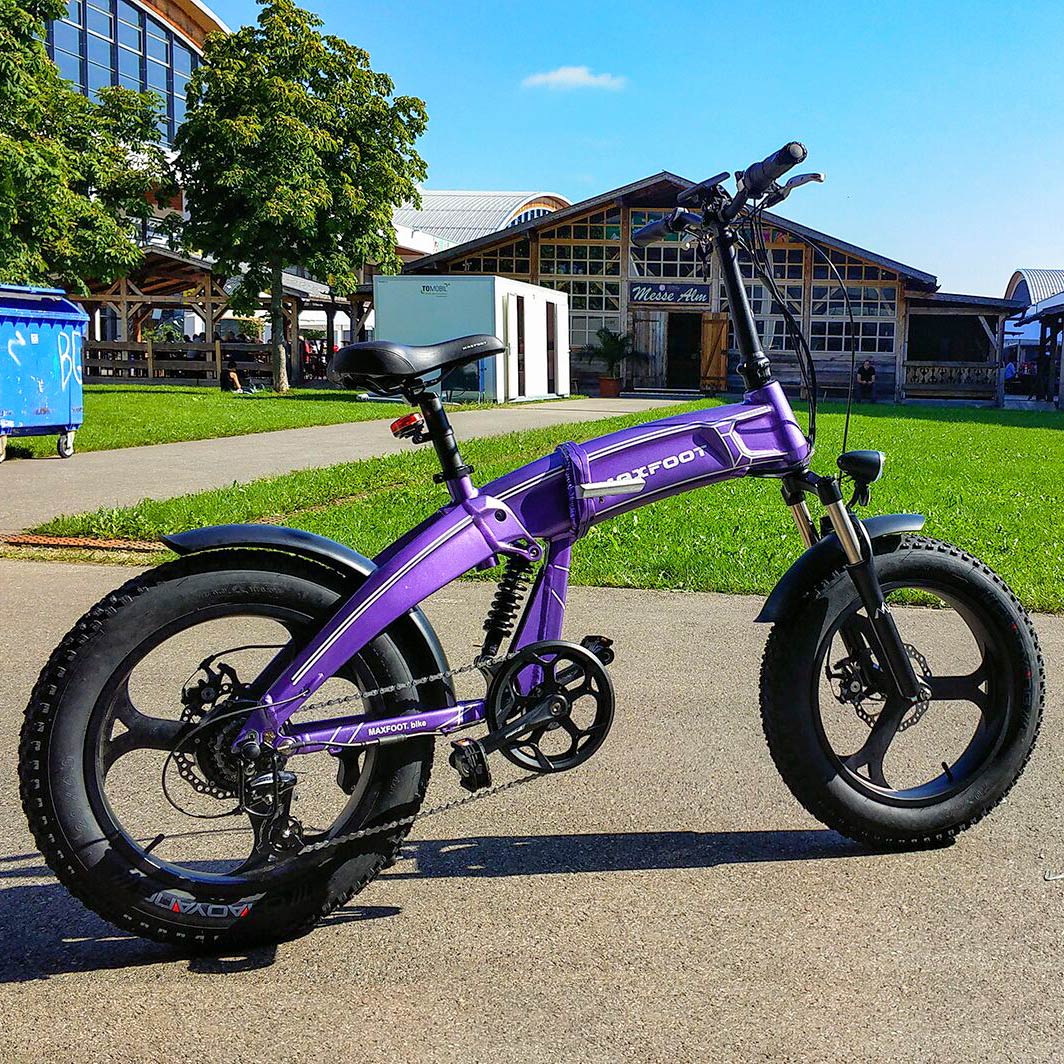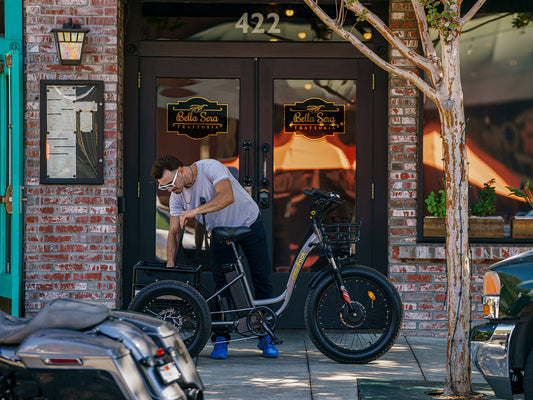Motors are the powerhouse of an electric bike. Just as the engine powers a car, it propels the bike. And like engines, they come in different configurations and types.
One motor classification is based on the installation position on the bike. They can be placed on the front, rear, or in the middle. Based on that, there are hub motors (front and rear hub-drive), and mid-drive motors.
But, do you want to know the key types of motors installed, their internal construction, and parts? Read through this article and learn how your bike motor functions.
Brushed DC Motor
A brushed DC motor is the early version of motors, which were initially used commercially. We normally see them in toys and electric appliances. A DC motor has four main parts: stator, rotor, brushes, and commutator.

The stator, or stationary part is a permanent magnet, which is wrapped on the inside housing of the motor casing. The rotor, also known as the armature, is a single coil that rotates. Brushes are conductive carbon blocks that supply current to the armature via a commutator.
When electricity flows into the rotor, it generates a magnetic field. That magnetic field interacts with that of the permanent magnet, and we see the coil rotation (based on Lorentz law). Brushes maintain electrical contact with the spinning rotor via the commutator which is for switching current direction.
Brushed DC motors were common in early e-bikes. Their ability to produce high torque made them popular. However, maintenance is a downside. Brushes wear out over time and often require replacement.
Brushless DC Electric Motor
A brushless DC (BLDC) motor is a sophisticated electric motor with a different construction. Unlike the brushed motor, the stator in a BLDC motor houses a set of coils of wire around the periphery of the casing. Whereas, the stator is a round permanent magnet. No carbon brushes and commuters are used here. But it does have Hall-effect sensors gauging the position of the rotor.

Initially, the current is supplied to a pair of coils, they interact with the field of permanent magnet and move it. As the rotor moves slightly, the magnetic fields counter each other, and the rotational effect is nulled. To counter that, the current is supplied is another pair of coils. It keeps on switching the pair of coils to provide a continuous motion. The switching is done based on the input of position sensors.
The brushless DC motor is the most common choice for electric bikes. Because it’s relatively lightweight and adds minimal extra weight to the bike. Without brushes, there’s no wear and tear from mechanical contact, meaning less maintenance and a longer lifespan. However, their performance degrades over higher speeds, but that’s not a problem as we have a certain speed limit for ebikes.
AC Induction Motor
AC induction motors are the most used motors, especially in household appliances. It has similarities with the BLDC – such as no carbon brushes and commutator. But rotation takes place due to a different principle, electromagnetic induction.

Like in a brushless DC motor, the stator in an AC induction motor is stationary and contains coils of wire. However, it’s designed to work with alternating current (AC) rather than direct current (DC). When AC flows through these coils, it generates a rotating magnetic field.
The rotor in an AC induction motor is also different from its DC counterpart. It usually consists of conductive bars, typically aluminum or copper, set into grooves and connected at both ends by metal rings, forming a cage-like structure. This is referred to as a 'squirrel cage'. Also, since the AC itself produces an alternating magnetic field and there’s a single inter-connected coil, we don’t need sensors in the motor.
It’s working is simple. The coil receives an alternative current. which creates a magnetic field that changes direction periodically. This changing field induces a current in the rotor, causing it to create its magnetic field and rotate.
AC induction motors are known for their high efficiency and robust power output. This makes them ideal for applications requiring a lot of power, like industrial machinery and electric cars. However, these motors can be more expensive and heavier compared to other types, which sometimes makes them less suitable for e-bikes. But, some premium, high-end bikes do use them.
Conclusion
We have reviewed the construction of different electric bike motors. Among the cost-effective, durable, and lightweight options, one motor that perfectly suits the modern bike needs is BLDC. And we proudly announce that all Maxfoot electric bikes have Bafang Brushless Hub




